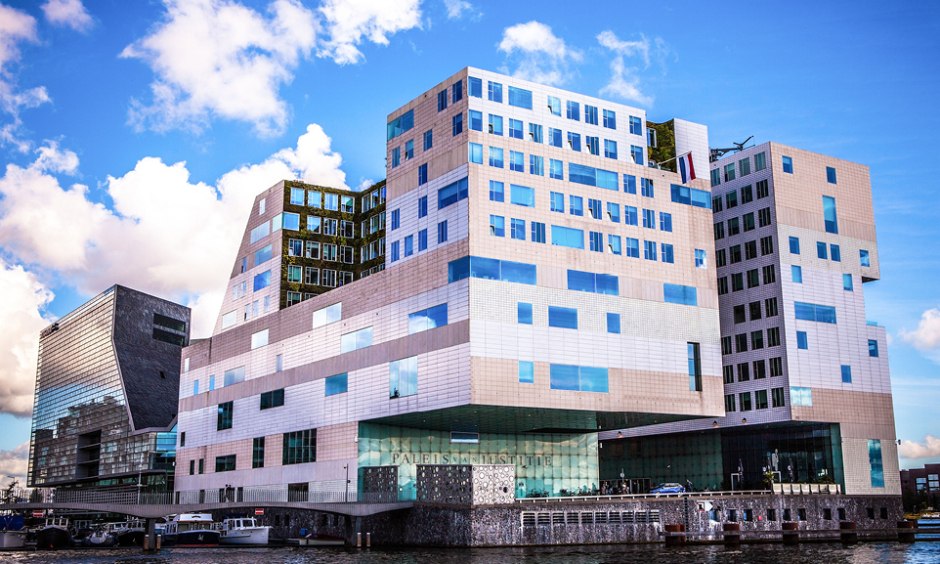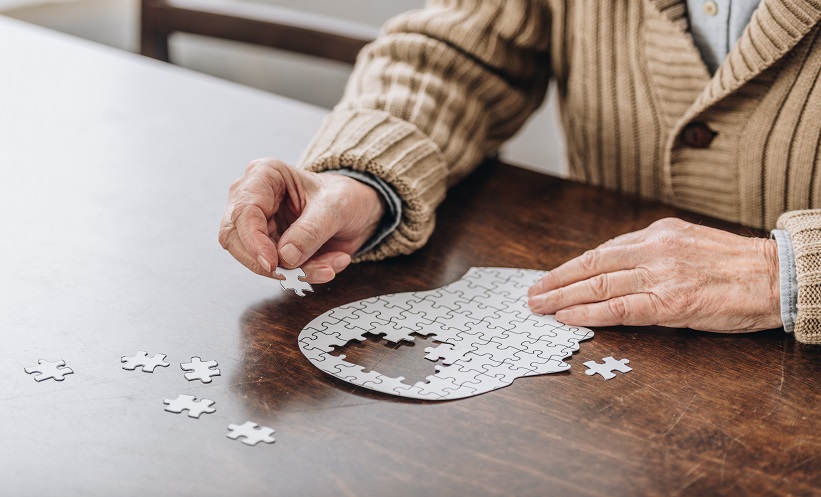Several data indicate that the hypothalamus has a role in the pathophysiology of cluster headache (CH) signs and symptoms. This was the background of a perspective observation (2001–2017) regarding chronic CH sufferers (N=14) who underwent deep brain stimulation (DBS) at the level of the posterior hypothalamus when 25.9 years old (+9.52 standard error of the mean [SEM]). The surgical operation was performed in three different centres using the same procedure.1 We included a control group consisting of Parkinson’s disease (PD) patients (N=14) who underwent DBS at the level of the subthalamic nucleus when 52.6 years old (+5.8 SEM). A further control group included 25 chronic migraine (M) patients (25.8 years old; +9.3 SEM) who daily suffered M attacks of A3 severity. They rejected preventive therapy and controlled M attacks by using sumatriptan. The M patients never underwent any DBS.
Possible effects of DBS in CH sufferers:
- 70% pain relief (n=2). Both patients dropped out of observation after 16.9 months
- (+1.4 SEM following DBS)
- 40% pain relief if chronically treated with corticosteroids (n=1). In this case, benefit decreased to zero 14 years after DBS
- 0% benefit (n=11)
Thus, to date only 2 CH sufferers are likely to report a benefit from the surgery, although this cannot be confirmed.
Possible adverse events reported by DBS-treated CH sufferers:
- Death due to septicaemia without any fever (after 10.3 years; +1.1 SEM) following DBS (n=3)
- Lack of infections-related fever (after 13.2 years; +3.9 SEM) after DBS (n=2)
- Permanently enticed (11.4 years; +4.2 SEM) following DBS (n=3). Note: we cannot indicate the causes since these patients did not perform the required exams
- Severe cardiac arrhythmias resulting in pacemaker implantation (after 8.2 years; +2.1 SEM) following DBS (n=2)
- Severe unexpected gut dyskinesia that led to surgical operation (after 8.6 years; +4.3 SEM) following DBS (n=2)
- Severe dystrophic cutaneous lesions along peripheral nerves 13 years after DBS (n=1)
In summary, 12 CH sufferers reported possible severe adverse events.
Possible effects and adverse events of DBS in the PD control group:
- Relief of motor complications = -59.5% (+2.9 SEM) on MDS-Unified Parkinson’s Disease Rating Scale (n=14)
- Weight gain (2.4kg; +0.7 SEM; n=2)
- Depressed mood (Hamilton Scale: 32; +1.1 SEM, in 3 different sessions; n=1)
Adverse events in chronic M control group:
- Moderate changes in routine exams (n=11)
Overall, the observed CH group reported very poor benefits and a large amount of very severe adverse events. Thus, comparisons amongst control groups and evaluations of exposure factors are mandatory.
COMPARISON OF GROUPS
The PD control group was matched only regarding DBS practice. The M control group matched with the CH sufferers group regarding epidemiological features and rescue therapy.
EVALUATION OF EXPOSURE FACTORS
The PD patient control group was older than the CH group. PD patients perceived no severe pain. In PD patients, DBS was performed at the level of a site that seems to be a component of the basal ganglia,2 while CH received stimulation of a chiefly vegetative area. Comparison of the CH group with the M patients control group did not evidence significant exposure factors, except for DBS (relationship p>0.0025, DBS exposure and arrhythmias, septicaemia, altered thermoregulation).
DEFECTIVE COMPARISONS
No chronic CH patient volunteered to represent a control group with a likely long observation without using pharmacological prophylaxix.
CONCLUSIONS
Adverse effects of DBS in CH may be related with a redundant effect exerted by a chronic electrical stimulus on neurons and astrocytes of the hypothalamus that is known to chiefly lead to vegetative dyshomeostasis, characterising CH. Moreover, the outcomes in this group of CH patients suggest that the hypothalamus might not be the only structure involved in the stemming of CH pain. This hypothesis is also supported by our recent neuroimaging observation, enlightening the role of extra limbic areas in some cases of chronic CH pain.3








